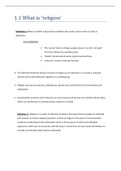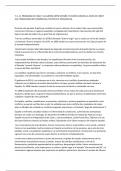Essay
BTEC Applied Science Unit 12 Aim A
- Module
- Diseases and infections
- Institution
- PEARSON (PEARSON)
this an essays for the BTEC Applied Science course Unit 12 Aim A which i git a distinction with no resubmissions. you will need to explain how diseases can be prevented and using a charity as an example
[Show more]












